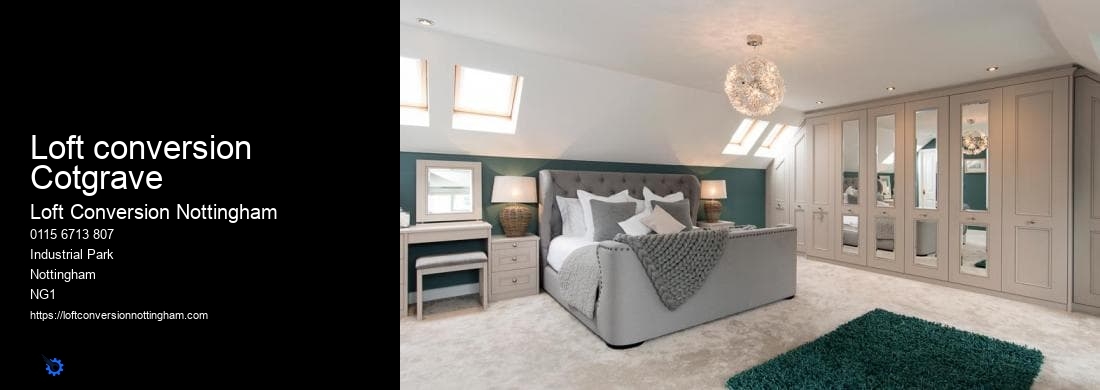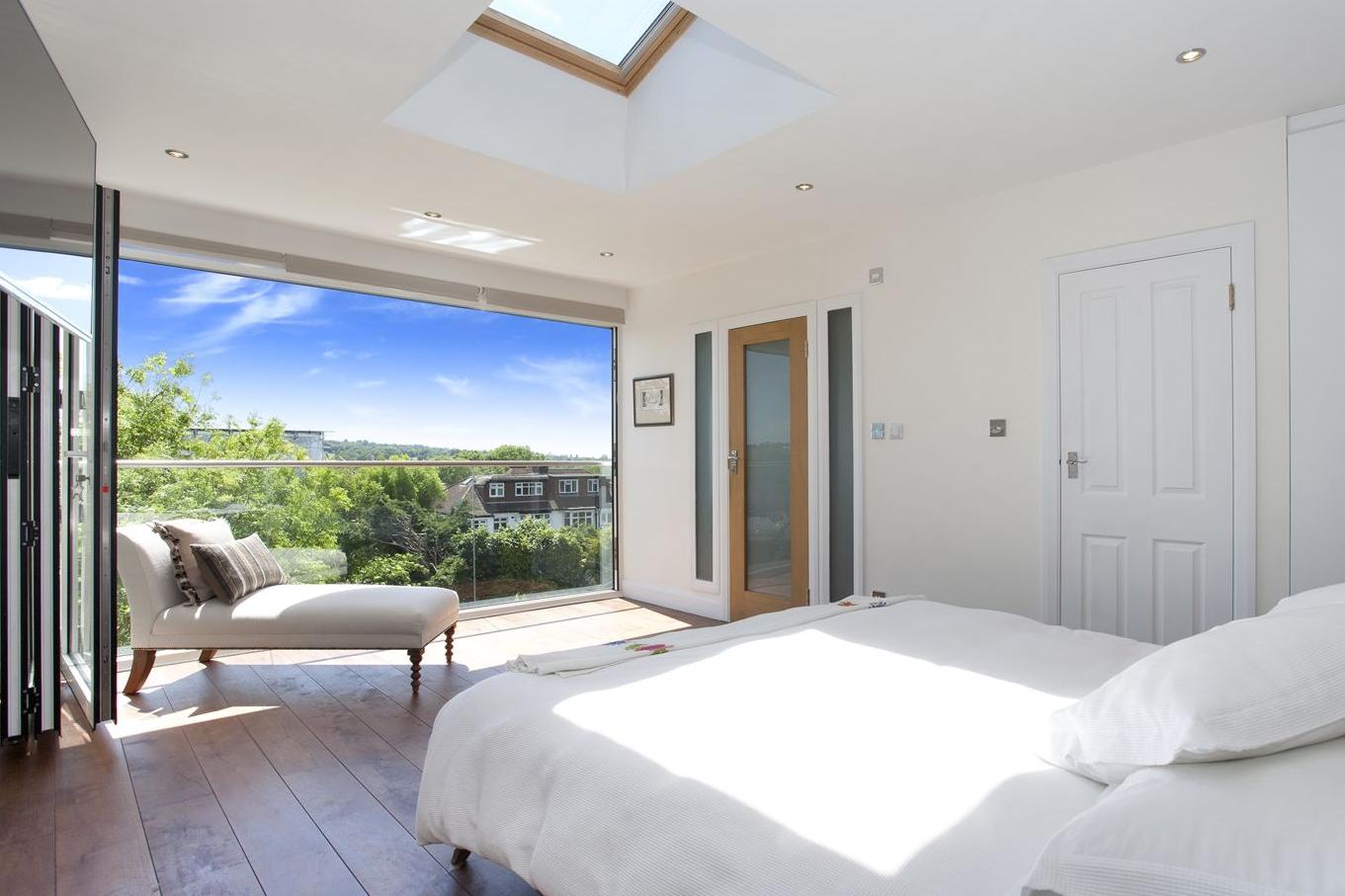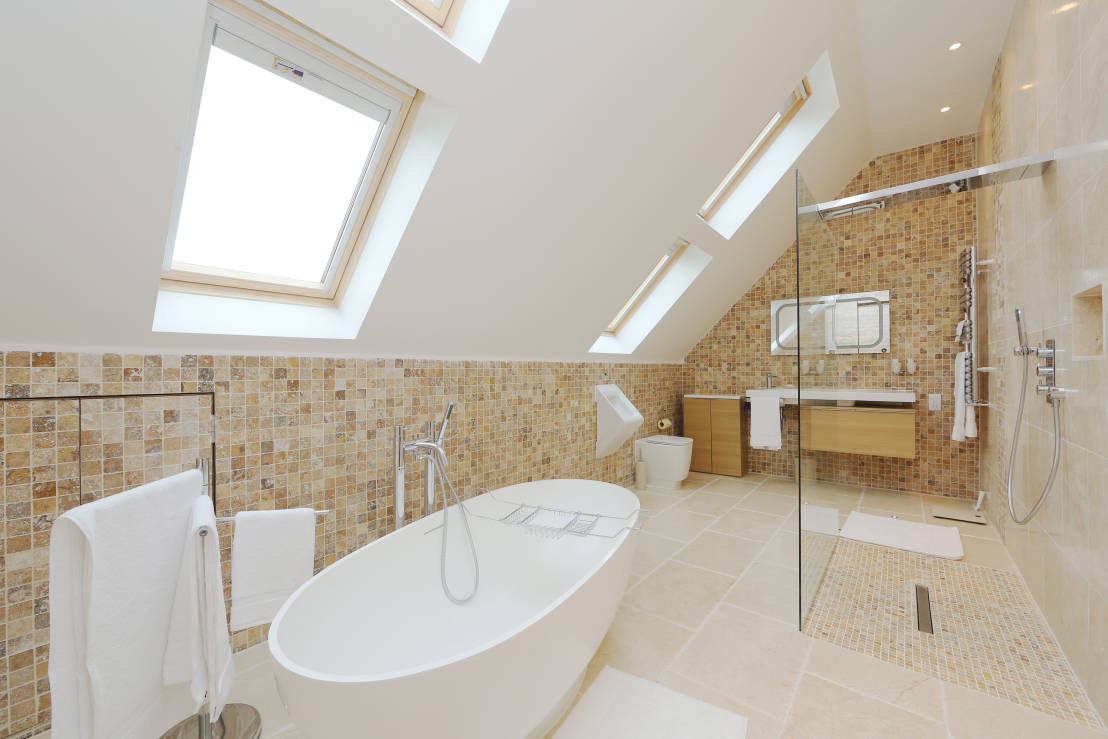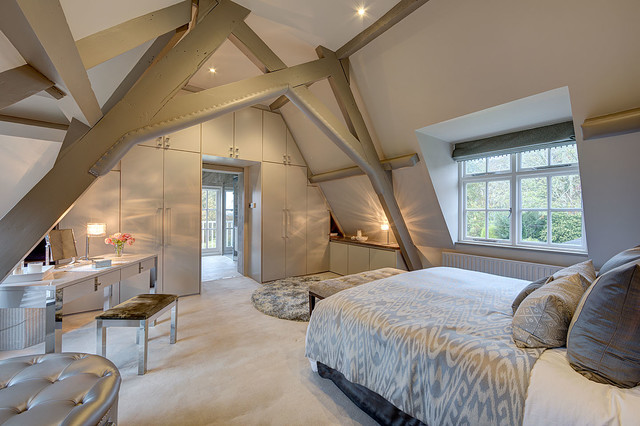Loft Conversion Cost Nottingham
For example, if your property is an apartment or a flat, you will need to obtain permission from the building’s freeholder. If the loft conversion will affect the outside of the building, then you may need to apply for planning permission.
In conclusion, when it comes to a loft conversion in Nottingham, there are several options for stairs. The best option for your home will depend on the size and layout of your space and your budget. A qualified contractor can help you design and install the perfect staircase for your home.
The third option is a straight staircase, which is the most common type of staircase used in loft conversions. This type of staircase is more expensive than the other two options, but it provides the most space and is the most aesthetically pleasing. A straight staircase can be customized to fit your needs and can also provide more space for storage underneath the stairs.
Next, you'll need to consider the materials you'll be using. If you opt for high-quality materials like cedar shingles or slate tiles, the cost will be higher than if you use less expensive materials like asphalt shingles. Other factors you'll need to consider include the size of the dormer, whether you hire a professional to do the work, and the cost of any additional building permits or inspections that may be necessary.
Another option is a Velux loft conversion, which involves the installation of roof windows to create more natural light and ventilation. This is a much simpler option than the other two and is generally the most cost-effective. However, it is important to note that this type of conversion does not create as much additional space as the other two options.
The type of loft conversion that will add the most value to your property depends on a few factors. Firstly, it’s important to consider the type of house you have. For example, if you have a terraced house, a dormer loft conversion may be the best option. This type of conversion involves creating a new room within the roof space and is the most common type of loft conversion. It is also the most cost-effective solution, as it requires the least amount of structural work.
When budgeting for your loft conversion, you should also consider the cost of additional services such as plumbing, electrical work, and insulation. These can add up quickly and can increase the overall cost of the conversion. Additionally, you should factor in the cost of hiring an architect or surveyor to draw up plans for the conversion.



